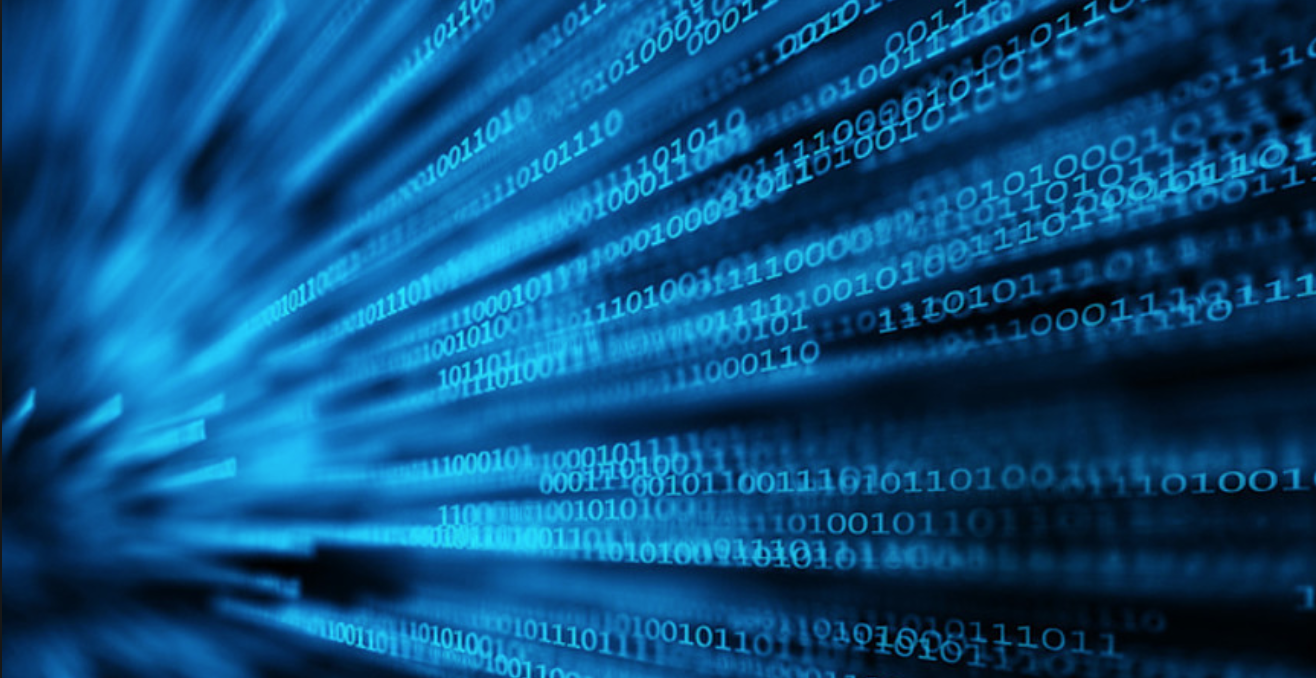
There’s no doubt about it; the world around us is gradually being revolutionised by technological advancement.
Perhaps one of the biggest breakthrough in this respect is the so-called ‘Internet of Things’, which is creating an intrinsic link between the corporeal and virtual worlds and making it possible for everyday objects to receive, store and share data. This is the underlying innovation that drives smart technology, through which home-owners can create a data network between various appliances and control this remotely.
This represents the future of communication and data transmission, but how will it unfold in the future? Let’s take a look:
Smart Tech and Beyond – the Future of Data Transmission
We’ve already touched upon smart tech as being one the earliest applications of the IoT, and this continues to revolutionize people’s home and energy management systems across the globe.
Clearly this has had a huge impact on the residential market, but it’s also worth noting that the businesses world is also beginning to benefit from IoT hubs and more complex telemetry solutions. Take SCOPE, for example, which is a feature-rich, SCADA system that enables companies to monitor and ultimately manage a diverse range of physical assets within a real-time network.

This not connects people, objects and places within a single space, but it also enables large, multi-site corporations to manage physical locations and networks remotely when necessary.
This has already delivered considerable efficiencies and cost-savings to some businesses, although it barely represents the tip of the iceberg with regards to the future data transmission. More specifically, buildings will soon be able to install light fittings that transmit real-time data across a wireless network, as LED bulbs are configured to relay signals at an exceptionally high speed.
Initially, data will be transmitted across radio waves, although this offers restrictions in terms of the number of frequencies available. However, the speed enables data to move at a far faster speed than radio waves, creating far more urgent transmissions that could a range of industries across the private and public sector.
Essentially, this technology is based on the concept of making LED lamps flicker at a rate of around a billion times per second. This rapid flickering translates into a form of Morse code, which can be intercepted and decoded by any smart device that has the ability to read light data.
This will then be displayed in full on the screen, with the lamp or fitting in question serving as both a light source and a router for the network signal.
The Bottom Line
Of course, this is just one of the many ways in which technology will change data transmission in the future, but it just happens to be one of the most exciting.
After all, while the integration of telecommunications into lighting will not revolutionize data transmission visually, it will undoubtedly do so from a technical perspective.
This will also help to elevate concepts such as smart technology onto an entirely new level, by enabling physical items to capture and share larger swathes of data in real-time. The benefits for business-owners are also significant, particularly those striving to manage multiple sites with limited resources.








Love is a mighty power,a great and complete good